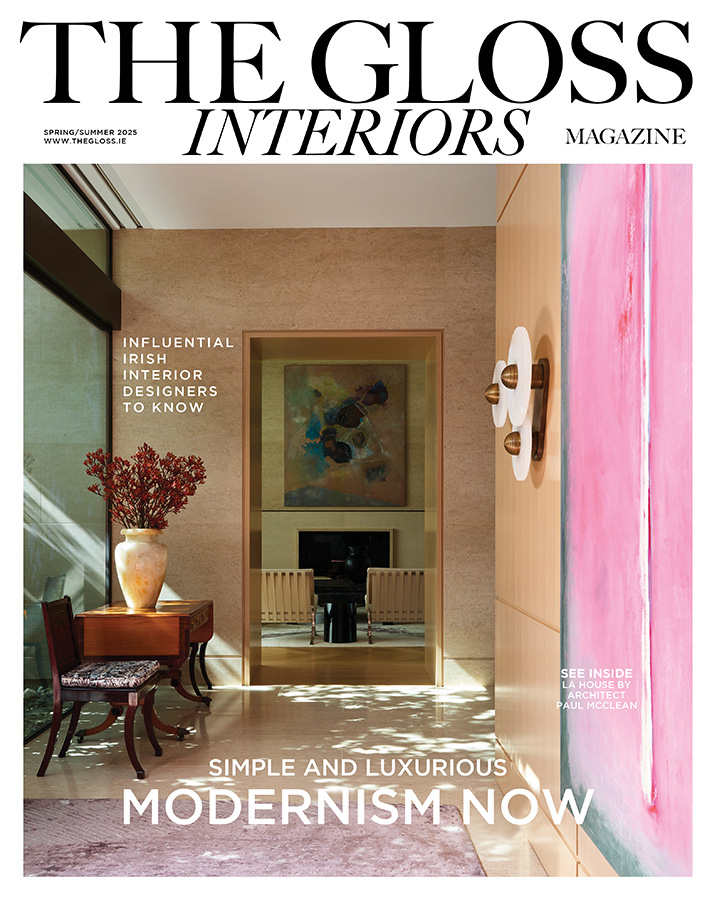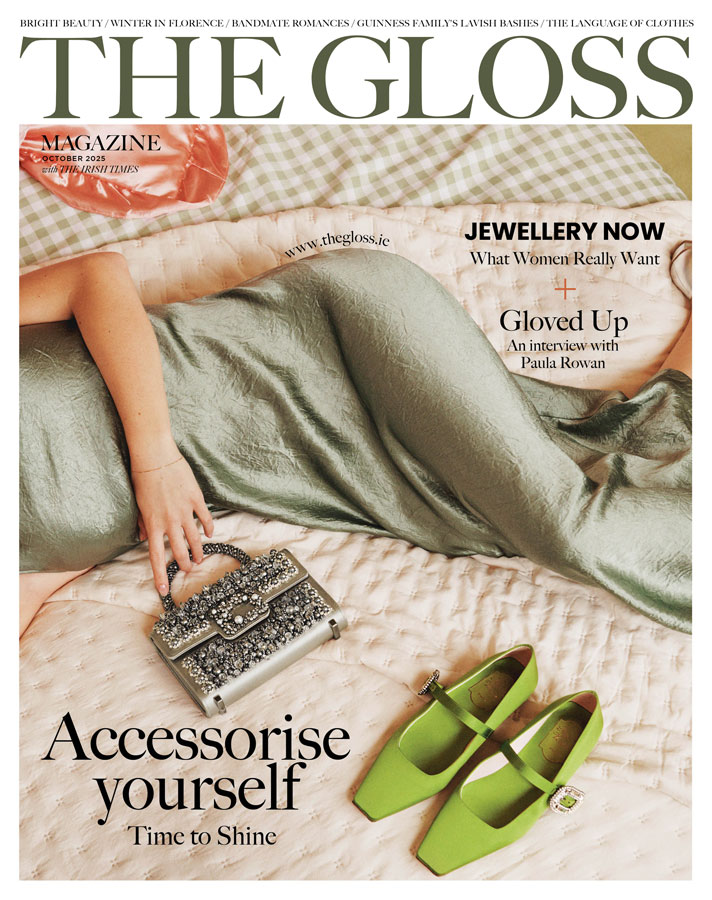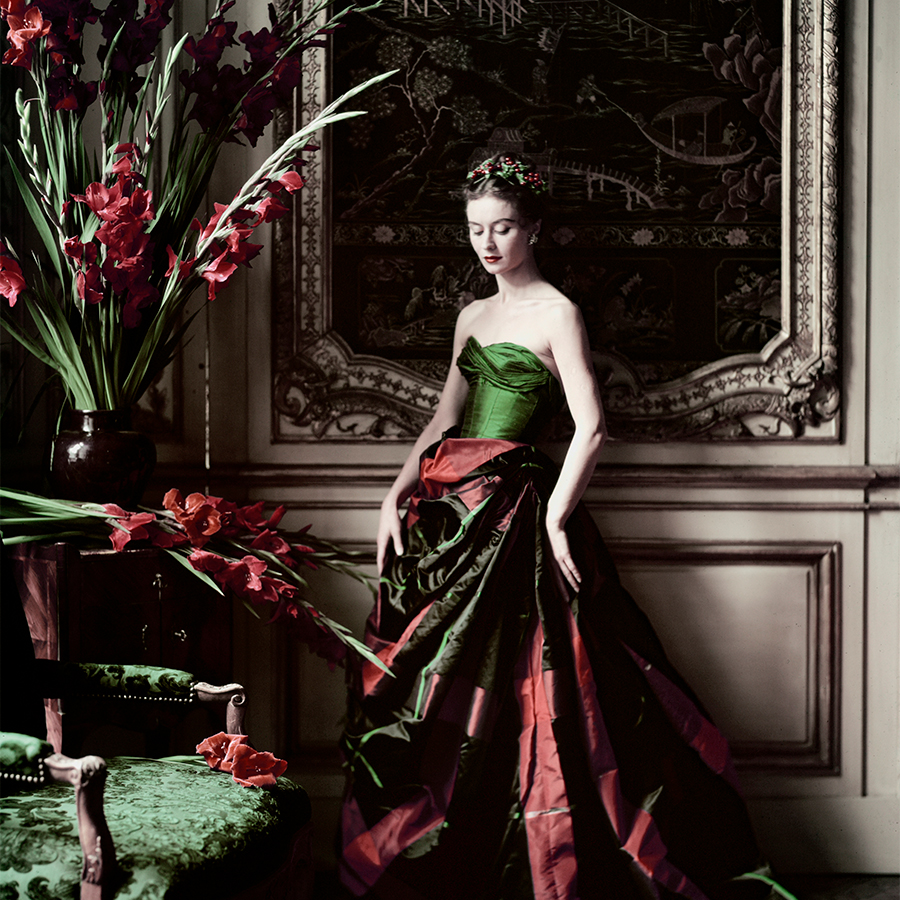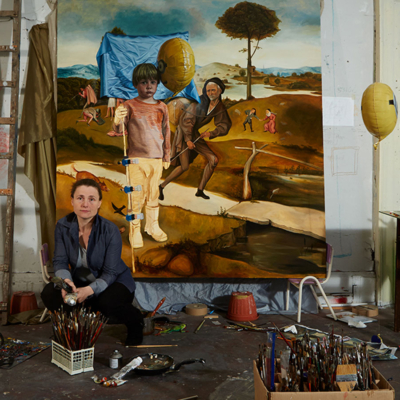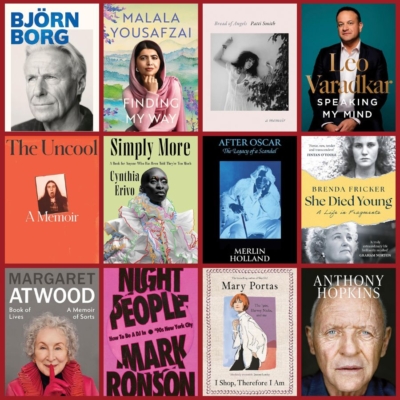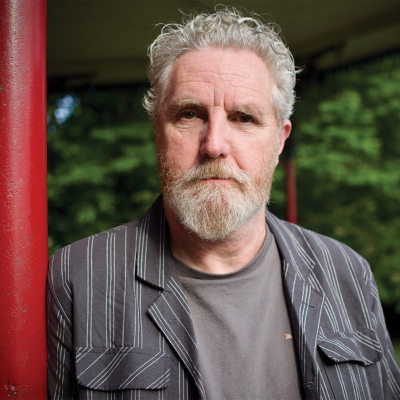A lavish new exhibition in London dedicated to the ground-breaking fashion photographer …
Cecil Beaton was a man of many talents – a fashion illustrator, Oscar-winning costume designer, social caricaturist, stylist, decorator, dandy, professional party goer and perceptive writer. However, he’s primarily known for his fashion photography, earning him the title, “The King of Vogue”. He photographed some of the 20th century’s most iconic figures for both the UK and US editions of the magazine including Marilyn Monroe, Audrey Hepburn, Elizabeth Taylor and Marlon Brando.
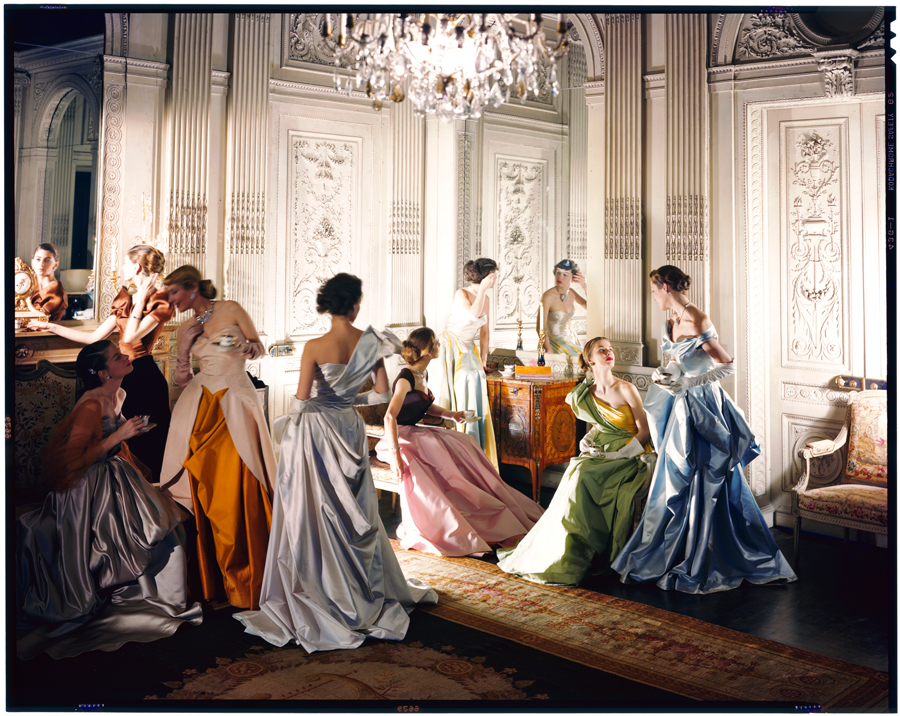
Worldly Colour (Charles James evening dresses), 1948. Cecil Beaton Studio Archive.
Many of these portraits feature in a new exhibition at the National Portrait Gallery, London, curated by photographic historian and Vogue contributing editor Robin Muir. The exhibition explores Beaton’s contribution to fashion, charting his meteoric rise and distinguished legacy, and also demonstrating his signature style. His friend Truman Capote called this, “Cecil’s lacquered luminosity”.
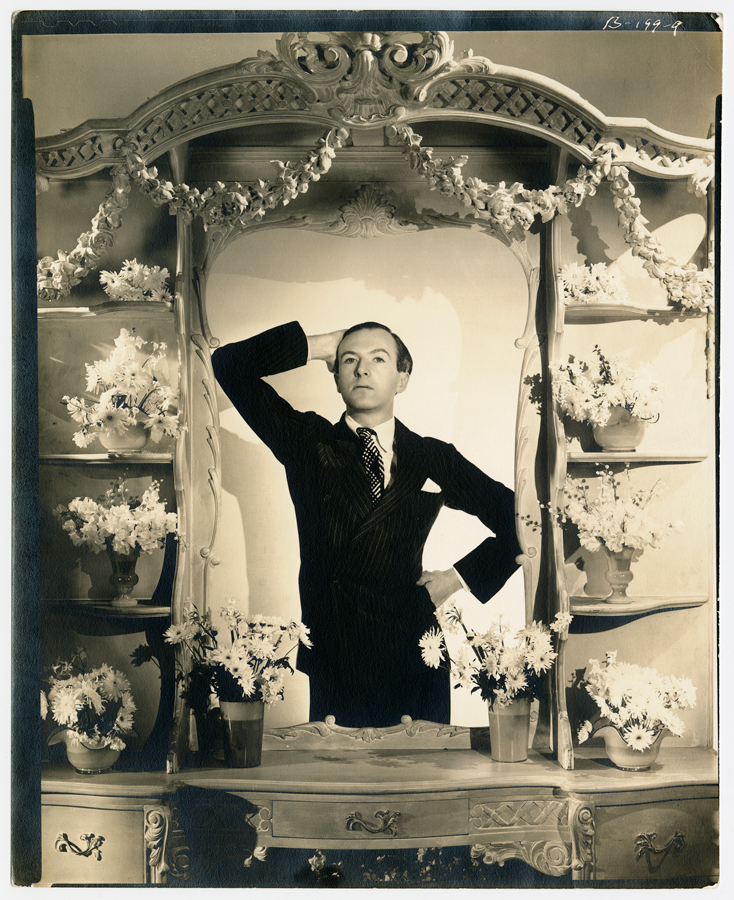
Cecil Beaton, c 1963. Cecil Beaton Studio Archive.
Remarkably, he was almost entirely self-taught; his photographs were a marriage of Edwardian stage portraiture, European surrealism and American modernism, all filtered through an English sensibility. “I do not believe in taking people as they are,” he once said and this nostalgic soft focus was sometimes in contrast to the sharpness of his tongue – in his diaries he often eviscerated subjects, especially Princess Margaret.
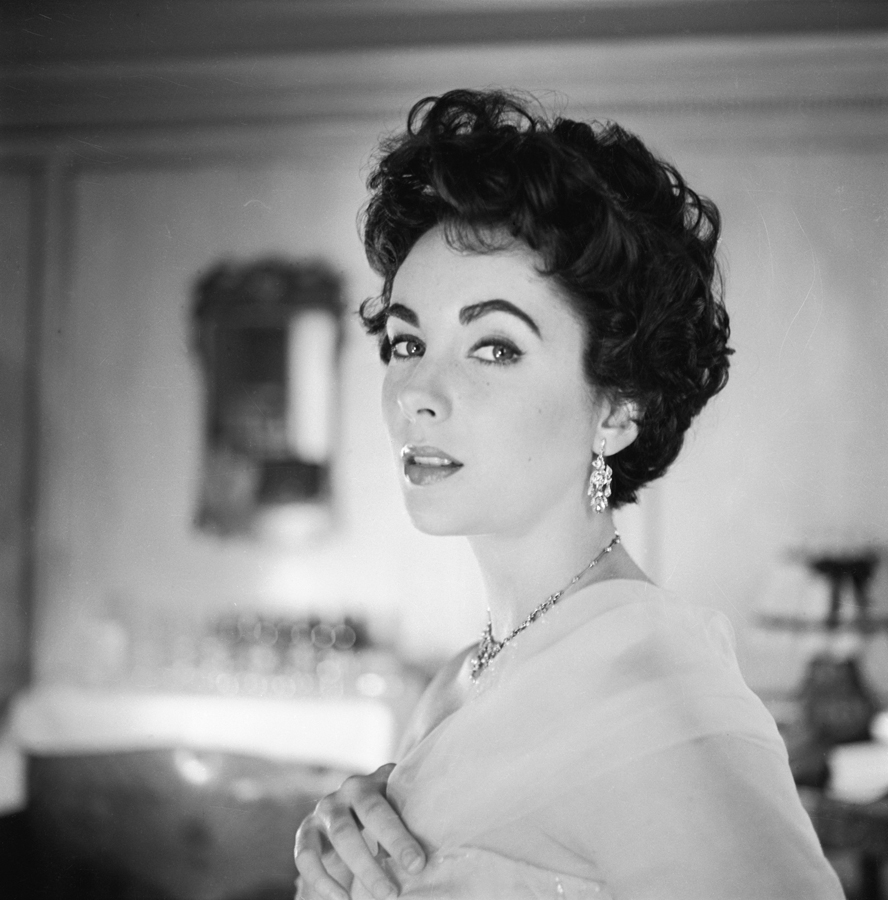
Elizabthe Taylor, 1955. Cecil Beaton Studio Archive.
The exhibition includes approximately 250 items including photographs, letters, sketches and costumes, and follows Beaton’s career as a child experimenting with his first camera on his earliest subjects, his two sisters and mother (c 1910), to his years as a student at Cambridge University, and his photographs of high society patrons such as Stephen Tennant and the Sitwell siblings.
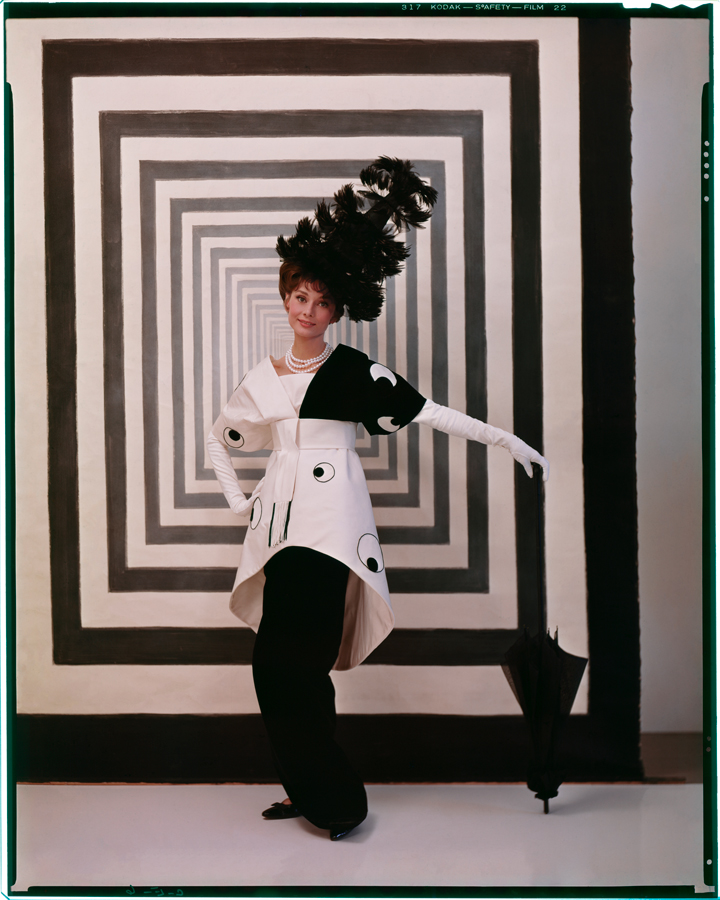
Hepburn in costume for My Fair Lady, 1963. Cecil Beaton Studio Archive.
The exhibition also focuses on London of the 1920s and 1930s, the era of the “Bright Young Things”. Beaton’s first commissions for Vogue were to document these years, photographing legends of Hollywood in its Golden Age. His first royal photographs appeared in the late 1930s. As the Second World War loomed, he defined the notion of the monarchy for a modern age. Appointed an official war photographer by the Ministry of Information, his wartime service took him around the globe.
No exhibition on Beaton would be complete without a portrait of Hepburn in My Fair Lady, 1963. This is considered Beaton’s greatest triumph – he designed the costumes and sets for the musical on stage and later on screen.
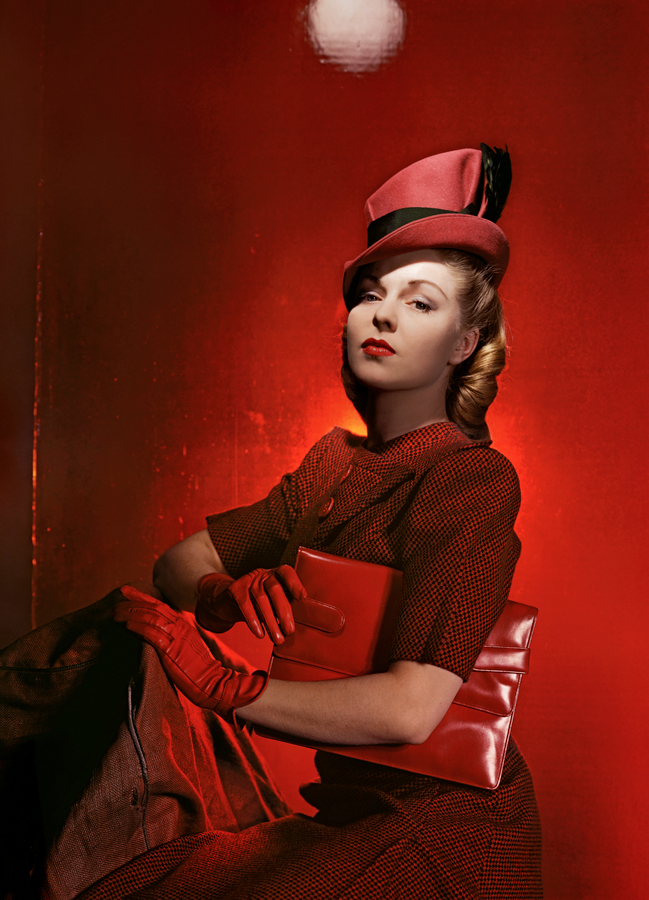
The Second Age of Beauty is Glamour (suit by Hartnell), 1946. The Conde? Nast Archive, London.
In hindsight, it’s easy to see how Beaton influenced a new generation of fashion photographers, especially Tim Walker and Mario Testino. Curator Robin Muir says his impact is far-reaching: “Beaton’s impact spans the worlds of fashion, photography and design. Unquestionably one of the leading visionary forces of the British 20th century, he also made a lasting contribution to the artistic lives of New York, Paris and Hollywood.”
After perusing the exhibition, pop up in The Portrait Gallery Restaurant by Richard Corrigan – an elegant setting with a great view over the capital.
Need to know: Cecil Beaton’s Fashionable World is at the National Portrait Gallery, London from October 9 to January 11 2026.
SEE MORE: Style Queen – Marie Antoinette



